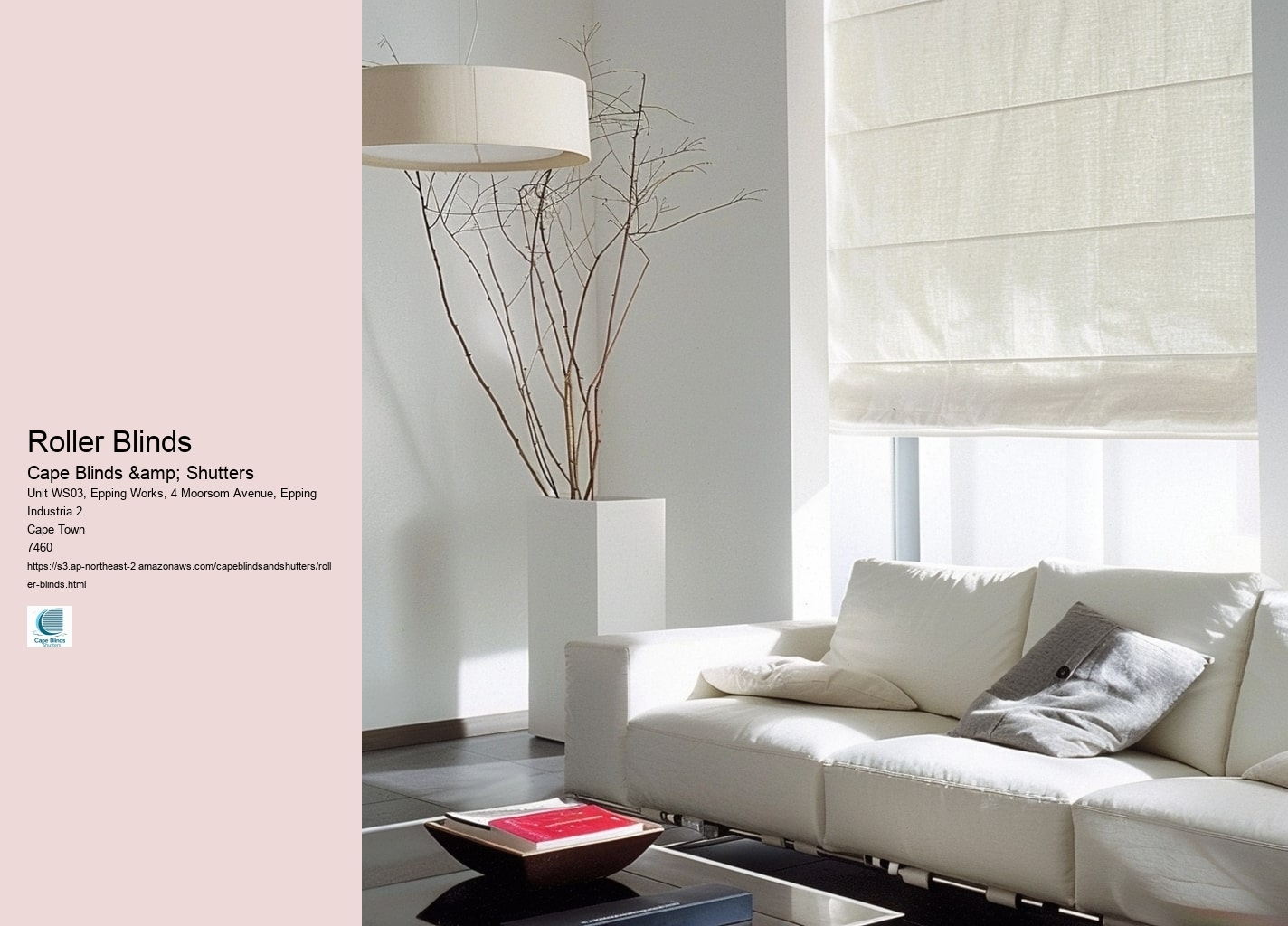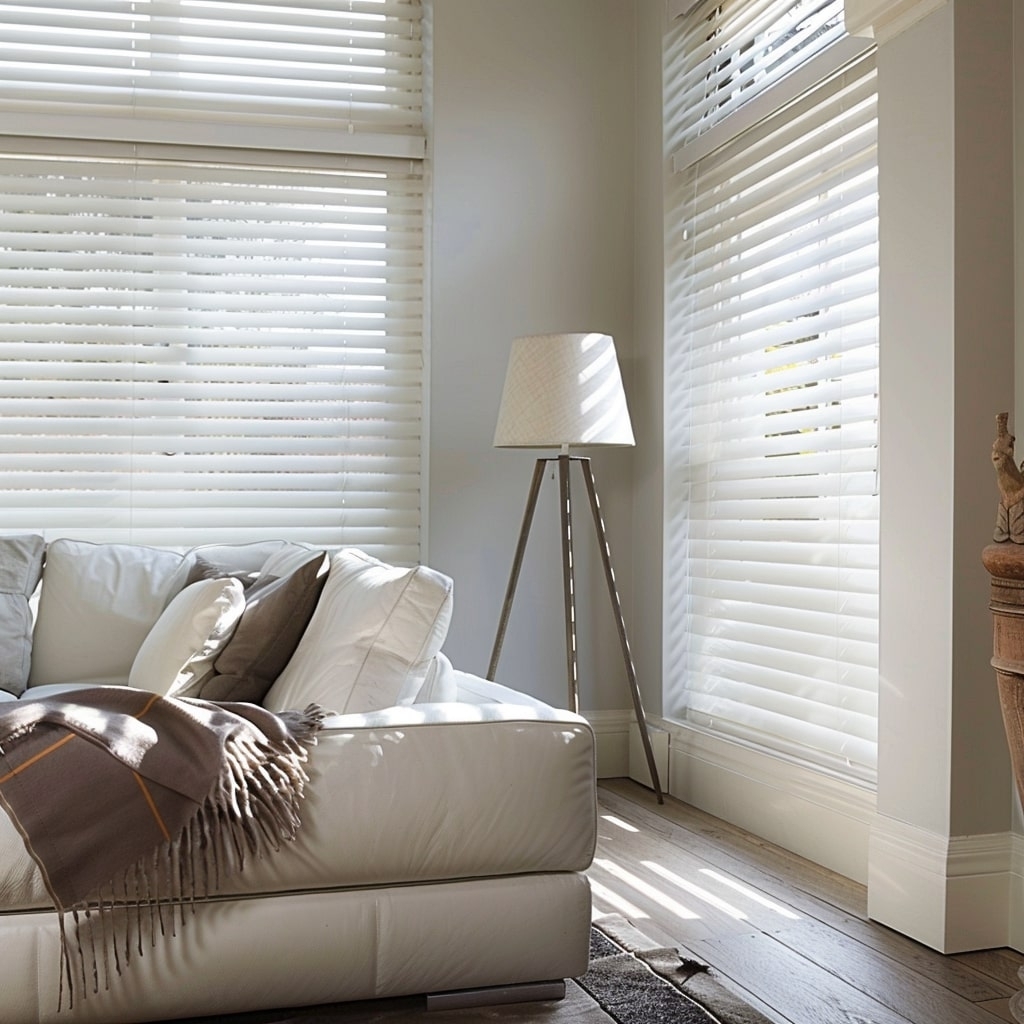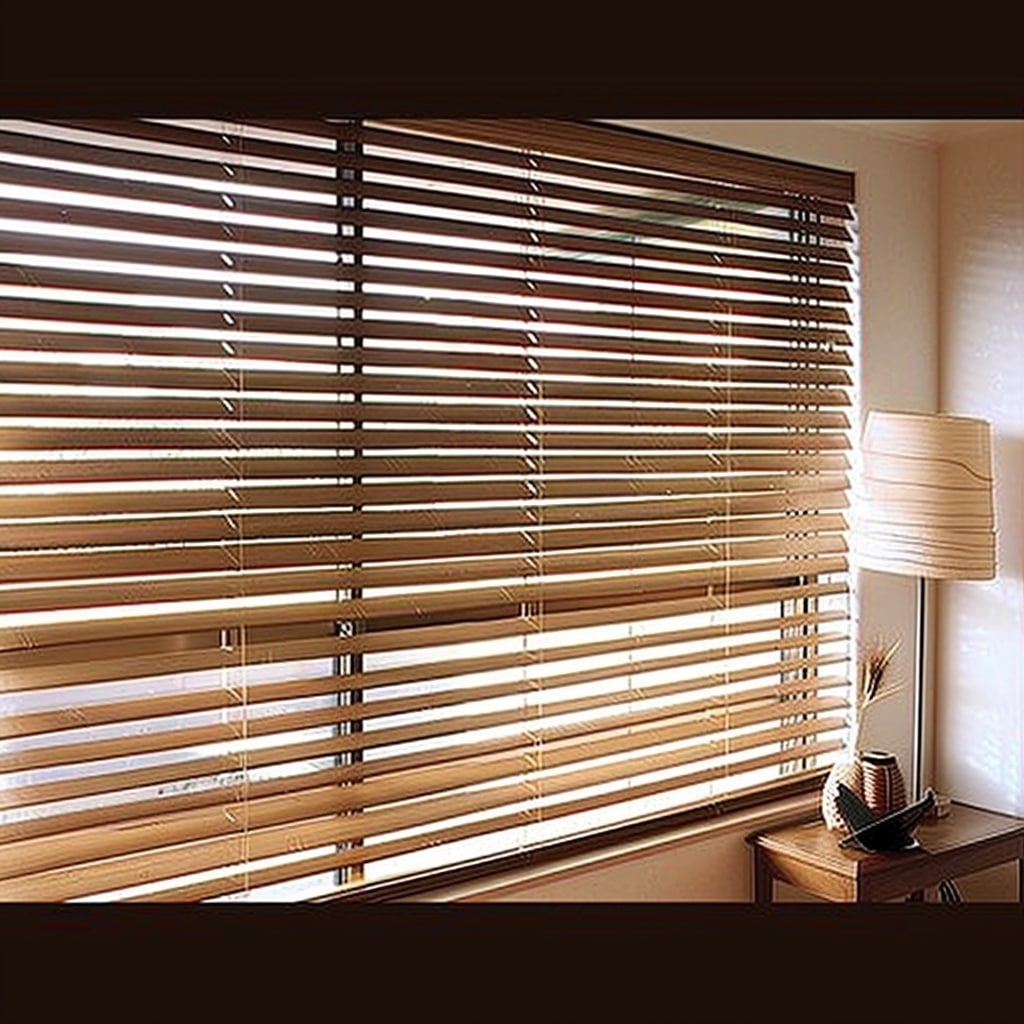
Roller blinds have a long and fascinating history that dates back centuries. Originally used in ancient Egypt, these simple window coverings were made from reeds and hung to provide shade from the scorching sun. Over time, roller blinds evolved into more sophisticated designs using materials like cloth and paper.
In the 18th century, roller blinds became popular in Europe as a way to add privacy and control light in homes. The invention of spring-loaded mechanisms in the 19th century made it easier to raise and lower the blinds with just a pull of a cord, further increasing their popularity.
Today, roller blinds come in a wide variety of styles, colors, and materials to suit any decor. From blackout blinds that block out sunlight to sheer blinds that filter light beautifully, there is an option for every need. Motorized roller blinds have also become increasingly popular, offering convenience at the touch of a button.
The evolution of roller blinds has been driven by both utility and design aesthetics. As technology advances, we can expect to see even more innovative features incorporated into this timeless window covering. But no matter how much they change over time, roller blinds will always be cherished for their simplicity and functionality in enhancing our living spaces.
Roller blinds are a popular choice for both homes and offices due to their numerous benefits. One of the main advantages of roller blinds is their versatility in terms of design and functionality. They come in a wide range of colors, patterns, and materials, allowing them to complement any décor style. Additionally, roller blinds can be easily customized to fit windows of all shapes and sizes, providing a perfect fit every time.
Another key benefit of using roller blinds is their ability to control light and privacy. With just a simple pull or twist of a cord, you can adjust the amount of light entering a room or completely block it out if needed. This feature makes roller blinds an ideal choice for bedrooms, living rooms, and offices where privacy and light control are crucial.
In addition to their aesthetic appeal and practicality, roller blinds are also easy to maintain. Unlike traditional curtains that require frequent washing or dry cleaning, roller blinds can be simply wiped down with a damp cloth to keep them looking fresh and clean. This low maintenance factor makes them a convenient option for busy homeowners and professionals.
Furthermore, roller blinds are known for their energy efficiency properties. By effectively blocking out sunlight during hot summer days or trapping heat inside during cold winter months, roller blinds can help reduce energy costs by keeping indoor temperatures regulated.
Overall, the benefits of using roller blinds in homes and offices are plentiful. From their customizable designs to their light control capabilities and energy-saving features, roller blinds offer a practical yet stylish window treatment solution for any space.

When it comes to roller blinds, there are a variety of materials that can be used in their construction. Some common types of materials include fabric, vinyl, and bamboo.
Fabric roller blinds are popular for their versatility and range of colors and patterns. They can be made from a variety of fabrics such as polyester, cotton, or linen. Fabric roller blinds are great for adding a soft touch to any room and can provide insulation against heat and cold.
Vinyl roller blinds are another popular option due to their durability and ease of maintenance. They are resistant to moisture, making them ideal for kitchens or bathrooms. Vinyl roller blinds come in a range of colors and textures, allowing you to customize the look of your space.
Bamboo roller blinds offer a natural and eco-friendly option for window coverings. Made from sustainable bamboo fibers, these blinds add warmth and texture to any room. Bamboo roller blinds also provide excellent light control while still allowing some natural light to filter through.
Overall, the choice of material for your roller blinds will depend on your personal style preferences and the specific needs of your space. Whether you choose fabric, vinyl, or bamboo, each material offers unique benefits that can enhance the look and functionality of your windows.
Installing roller blinds can seem like a daunting task, but with the right tools and a little know-how, it can be a simple and rewarding project. The installation process typically involves measuring the window area, mounting brackets, attaching the roller mechanism, and securing the blind in place.
To begin, you'll need to measure the width of your window frame to determine the size of blind needed. Once you have this measurement, you can proceed to mount the brackets on either side of the window. It's important to ensure that the brackets are level before proceeding.
Next, attach the roller mechanism to one end of the blind and insert it into the bracket on that side. Then, carefully guide the other end of the blind into the bracket on the opposite side. Make sure that everything is secure before testing out your new roller blind.
Finally, adjust any tension settings or chain controls as needed to ensure smooth operation. You may also want to consider adding finishing touches such as valances or decorative pulls for added style.
Overall, installing roller blinds is a straightforward process that can greatly enhance both privacy and aesthetics in any room. With a little patience and attention to detail, you'll have beautiful new window treatments in no time.

Roller blinds are a popular choice for window coverings due to their sleek design and functionality. To keep your roller blinds looking their best, regular maintenance and cleaning are essential. Here are some tips to help you maintain and clean your roller blinds effectively.
Firstly, dusting your roller blinds regularly can prevent the build-up of dirt and grime. Use a feather duster or a vacuum cleaner with a brush attachment to gently remove any dust particles from the surface of the blinds. This simple step can help prolong the life of your blinds and keep them looking fresh.
In addition to dusting, it is important to spot clean any stains or spills on your roller blinds as soon as possible. Use a mild detergent or soap mixed with water to gently scrub away the stain. Avoid using harsh chemicals or abrasive cleaners, as these can damage the fabric of the blinds.
For a deeper clean, you can remove the roller blinds from the window and soak them in a bathtub filled with warm soapy water. Gently agitate the blinds in the water to loosen any dirt or grime, then rinse them thoroughly with clean water before allowing them to air dry completely.
Lastly, be sure to inspect your roller blinds regularly for any signs of wear and tear, such as fraying edges or broken mechanisms. If you notice any issues, it is best to address them promptly to prevent further damage.
By following these maintenance and cleaning tips for your roller blinds, you can ensure that they stay looking great for years to come. So don't neglect your window coverings – give them some love and attention today!
Roller blinds are a popular window treatment option that offers both style and functionality. When it comes to design trends in roller blinds, there are several popular options that homeowners can choose from.
One of the most popular trends in roller blind designs is the use of bold patterns and vibrant colors. This trend allows homeowners to make a statement with their window treatments, adding a pop of color and personality to any room. From geometric patterns to floral prints, there are endless options for creating a unique and stylish look with roller blinds.
Another popular trend in roller blind designs is the use of natural materials such as bamboo or woven wood. These materials give an organic and earthy feel to any space, bringing a touch of nature indoors. They also provide added texture and depth to the room, creating a warm and inviting atmosphere.
For those looking for a more minimalist approach, sleek and simple roller blind designs are also on-trend. Clean lines and neutral colors like white or grey can create a modern and contemporary look that complements any decor style. These understated designs allow other elements in the room to shine while still providing privacy and light control.
Overall, when it comes to popular trends in roller blind designs, there is something for everyone. Whether you prefer bold patterns, natural materials, or minimalist styles, there are endless possibilities for creating a customized look that suits your personal taste and enhances your home's aesthetic appeal. So why not update your windows with some trendy roller blinds today?
